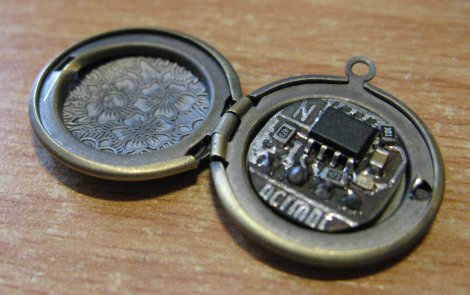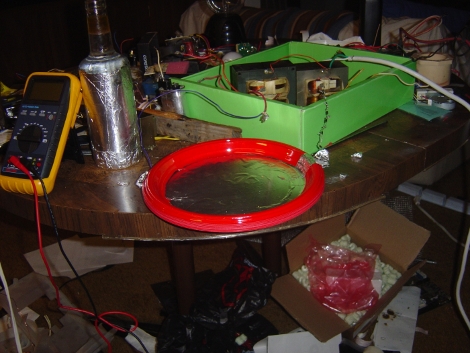
[Theo] tipped us off about something that every TI Evalbot owner may be interested in, the The manual and source code for the uC/OS-III kernel is now available for download. UC/OS-III is what came with the evalbot, and it is a realtime operating system for that and many other chips. The problem with it for most hobby level people is that just the manual was 100$, and unless you already knew something about the system it did not sound very attractive.
But now micrium, the author of US/OS-III, has released the source code free to use in non commercial applications, and manuals for every chip supported it may drum up some more interest in this neat little RTOS. Though it does require a subscriber login.
Excerpt:
Dear Subscriber,
The ideal scenario for developers wishing to evaluate embedded software is to be granted easy access to the software’s full source code. In the case of Micriµm’s celebrated real-time kernel, µC/OS-III, this ideal has become reality. Last week, Micriµm announced a new policy for µC/OS-III: the kernel is now “source available.” µC/OS-III’s incomparably clean source code, as well as PDFs of the popular books describing the kernel, can be downloaded from Micriµm’s Web site at no cost, giving developers a refreshingly fast and simple means of beginning an evaluation

















